PIC32MK MCUs for Analog Precision
Key Features of the PIC32MK Device Family
Use this table to learn more about the key features of the PIC32MK GPK/MCM family and PIC32MK GPG/MCJ family and to select the best option for your design:
General Purpose
Motor Control
PIC32MK GPD/GPE/MCF Family (Legacy Products): These devices have CAN instead of CAN FD, lower-bandwidth op amps, no ECC on the Flash and no I2C interface.
- Hardware
- Software
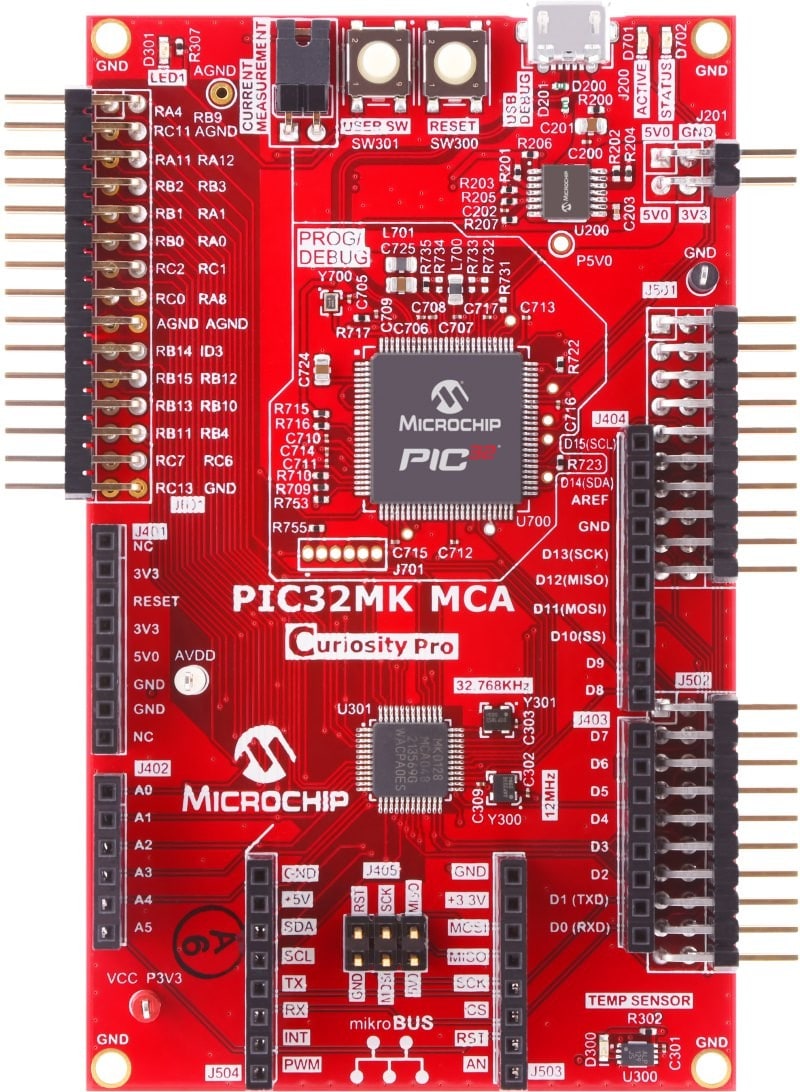
PIC32MK MCA Curiosity Pro Development Board
Part Number: EV15D86A
- 120 MHz, 128K Flash and 32K RAM
- On-board PKOB4 debugger
- Arduino® Uno R3/Xplained Pro compatible
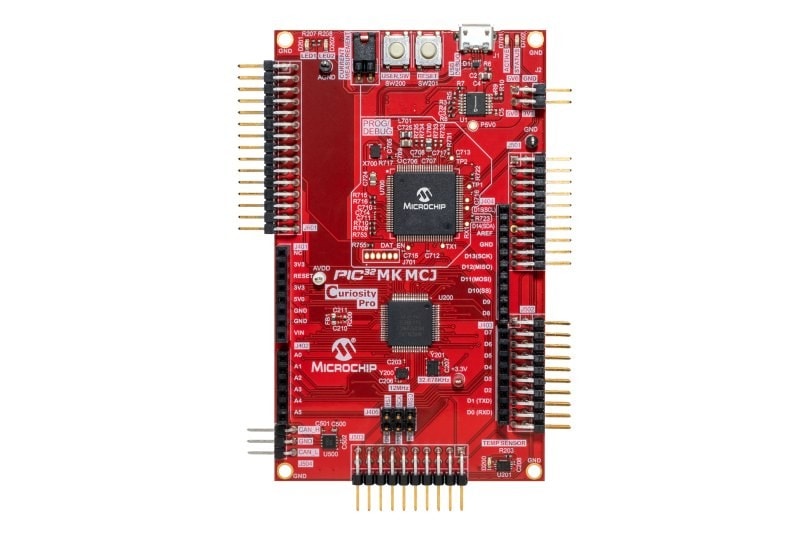
PIC32MK MCJ Curiosity Pro Development Board
Part Number: DT100113
- 120 MHz, 512K Flash and 64K RAM
- On-board PKOB4 debugger
- CAN FD interface
- Arduino Uno R3/Xplained Pro compatible
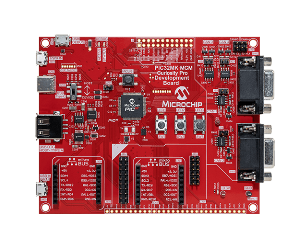
PIC32MK MCM Curiosity Pro Development Board
Part Number: EV31E34A
- Two DB9 connectors and two pin-header CAN FD connectors
- On-board PKOB4 debugger
- USB host and USB device connectors
- Two Mikroe expansion connectors

MPLAB® Harmony v3 Software Framework
MPLAB Harmony v3 is a flexible, fully integrated embedded software development framework for 32-bit microcontrollers (MCUs). It enables robust framework development of interoperable RTOS-friendly libraries with quick and extensive Microchip support for third-party software integration. MPLAB Harmony includes a set of peripheral libraries, drivers and system services that are readily accessible for application development. The code development format allows for maximum re-use and reduces time to market.
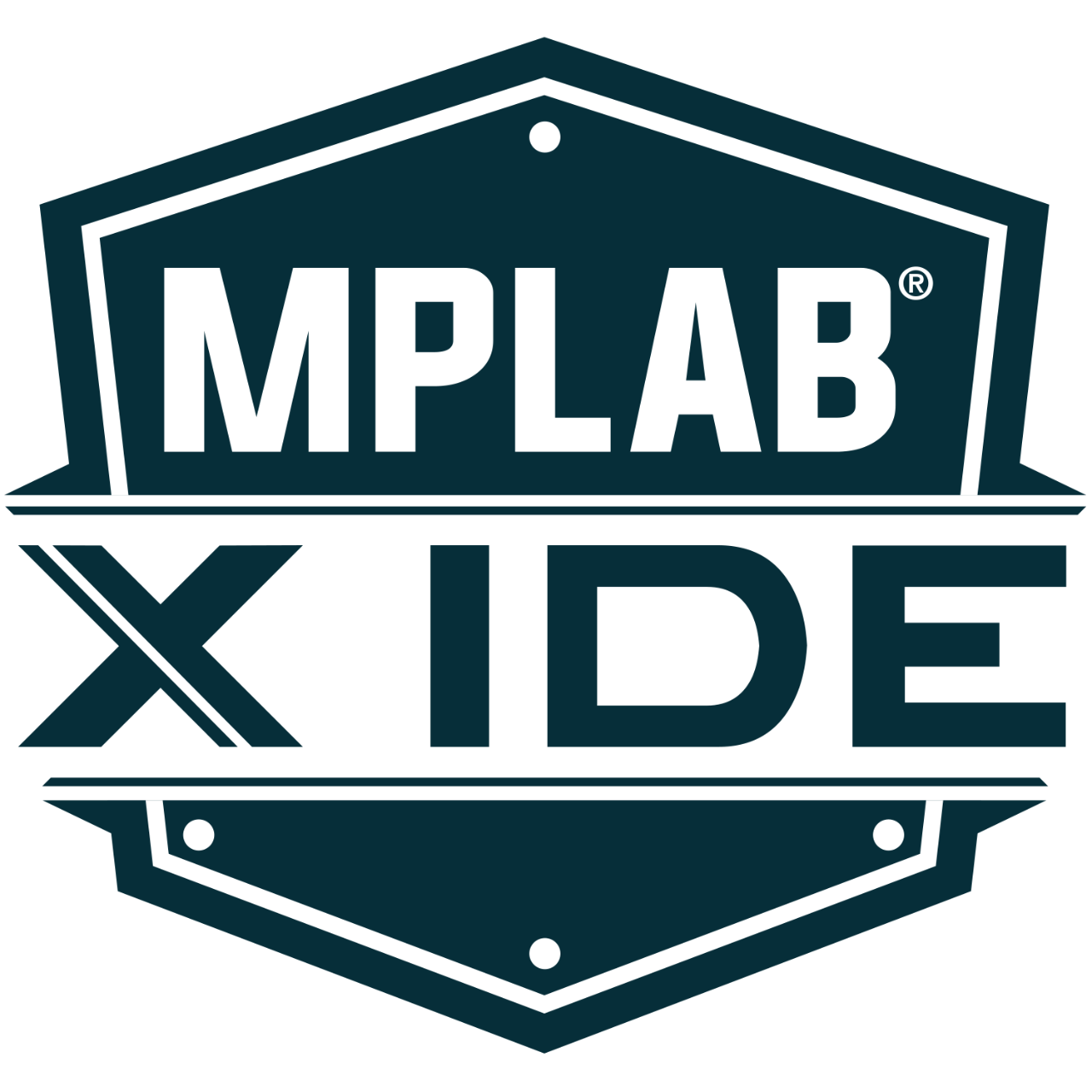
MPLAB X Integrated Development Environment (IDE)
MPLAB X Integrated Development Environment (IDE) is an expandable, highly configurable software program that incorporates powerful tools to help you discover, configure, develop, debug and qualify embedded designs for most of Microchip’s microcontrollers and digital signal controllers. MPLAB X IDE works seamlessly with the MPLAB development ecosystem of software and tools, many of which are completely free.
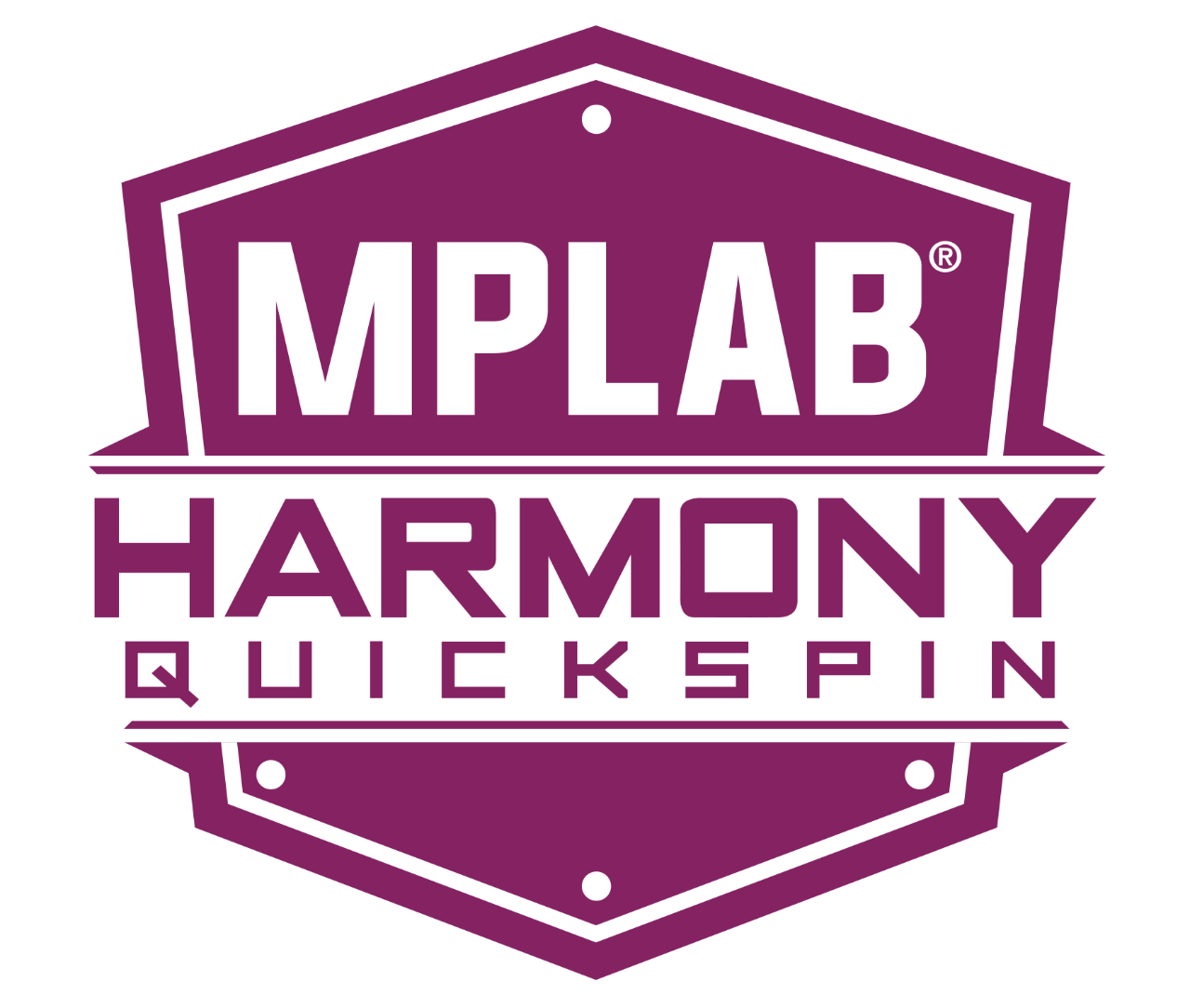
MPLAB Harmony QuickSpin
MPLAB Harmony QuickSpin offers an intuitive visual environment that simplifies the setup and tuning of Field-Oriented Control (FOC) motor control applications.

MPLAB Mindi™ Simulation Models
MPLAB Mindi Analog Simulator reduces circuit design time and design risk by allowing you to simulate analog circuits prior to hardware prototyping. Models are available to simulate the op amp and comparator peripherals available on PIC32MK MCUs.

MATLAB® and Simulink®
Our simulation package allows you to compile a Simulink model that can be programmed into a PIC32MK MCU’s Flash memory with a single push of a button for rapid prototyping.

Scilab® and X2C
Use the free and open-source Scilab and X2C tools along with MPLAB X IDE as a full-featured model-based design platform for creating real-time motor control applications. MPLAB Harmony v3 also supports the X2C Scope plug-in for MPLAB X IDE, which allows run-time debugging or monitoring of your embedded application. This tool allows you to watch or plot any global variable in your embedded application without halting your CPU.
|
Document Category
Title
Date
|
Errata
29 Jan 2024
|
|
Document Category
Title
Date
|
Errata
01 Feb 2024
|
|
Document Category
Title
Date
|
Errata
07 Jul 2022
|
|
Document Category
Title
Date
|
Brochures
02 Aug 2018
|
|
Document Category
Title
Date
|
Data Sheets
26 Feb 2021
|
|
Document Category
Title
Date
|
Data Sheets
20 Jan 2021
|
|
Document Category
Title
Date
|
Data Sheets
08 Aug 2022
|
|
Document Category
Title
Date
|
Data Sheets
19 Nov 2021
|
|
Document Category
Title
Date
|
Application Notes
28 Aug 2018
|
|
Document Category
Title
Date
|
Application Notes
28 Aug 2018
|
|
Document Category
Title
Date
|
Application Notes
02 Sep 2018
|
|
Document Category
Title
Date
|
Application Notes
13 Aug 2018
|
|
Document Category
Title
Date
|
Tech Brief
24 Aug 2022
|
|
Document Category
Title
Date
|
Tech Brief
28 Oct 2020
|
|
Document Category
Title
Date
|
Tech Brief
06 Jan 2023
|
- Data Sheets
- Application Notes
- Brochures
- Errata
- Product Documents
- Technical Briefs
|
Title
|
|
|---|---|
| PIC32MK General Purpose and Motor Control (GPG/MCJ) with CAN FD Family | Download |
| PIC32MK General Purpose and Motor Control (GPK/MCM) with CAN FD Family Data Sheet | Download |
| PIC32MK Motor Control (MCA) Family Data Sheet | Download |
| PIC32MK General Purpose and Motor Control (GP/MC) Family Data Sheet | Download |
|
Title
|
|
|---|---|
| World's Fastest Embedded Interleaved 12-bit ADC Using PIC32MZ and PIC32MK Families | Download |
| EMI, EMC, EFT, and ESD Circuit Design Consideration for 32-bit Microcontrollers Application Note | Download |
| Sensored (Encoder-Based) Field Oriented Control of a Three Phase Permanent Magnet Synchronous Motor (PMSM) | Download |
| Sensorless Field Oriented Control (FOC) for a Permanent Magnet Synchronous Motor (PMSM) Using a PLL Estimator and Equation-based Flux Weakening (FW) Application Note | Download |
|
Title
|
|
|---|---|
| PIC32MK General Purpose and Motor Control GPG/MCJ with CAN FD Family Silicon Errata and Data Sheet Clarifications | Download |
| PIC32MK General Purpose and Motor Control (GPK/MCM) with CAN FD Family Silicon Errata and Data Sheet Clarifications | Download |
| PIC32MK General Purpose and Motor Control Family Silicon Errata and Data Sheet Clarification | Download |
| PIC32MK Motor Control MCA Family Silicon Errata and Data Sheet Clarifications | Download |
Microchip Bootloaders
Bootloaders are used to upgrade firmware on a target device without using an external programmer or debugger. Commonly used with microcontrollers (MCUs), a bootloader contains code that loads and executes an application program. Bootloaders can also perform additional tasks such as validating the code integrity and authenticity.

PIC32MK Video Playlist
Operating at 120 MHz (198 DMIPS), the PIC32MK family of 32-bit microcontrollers (MCUs) is well suited for industrial, automotive and motor control applications. They feature an integrated hardware Floating-Point Unit (FPU), advanced analog integration and communication interfaces like USB, CAN FD and I2C. With peripherals for motor control and a comprehensive development ecosystem including evaluation boards, MPLAB® Harmony v3, model-based design tools like MATLAB® and Simulink® and the MPLAB Mindi™ Analog Simulator, these MCUs enable efficient and cost-effective mixed-signal designs.